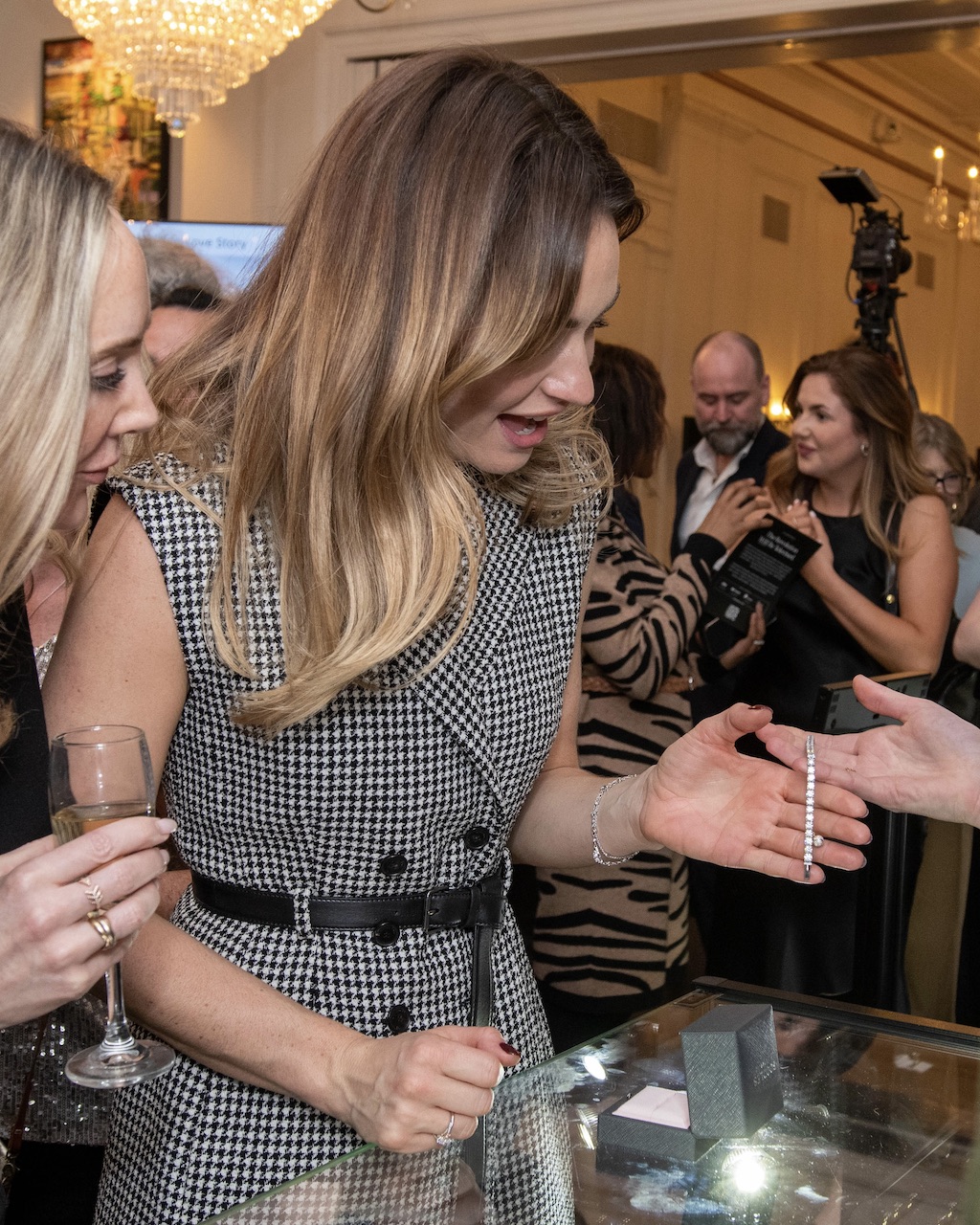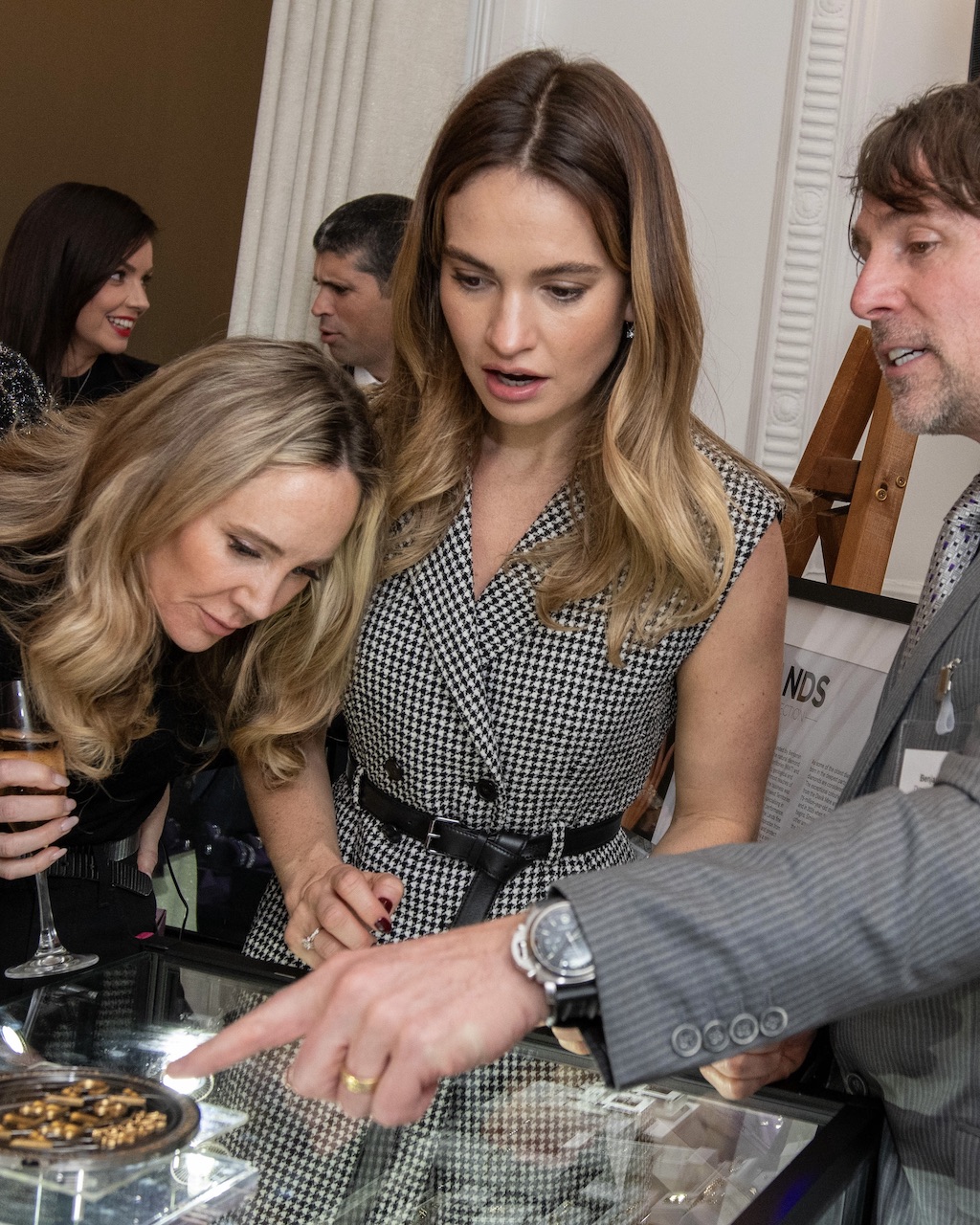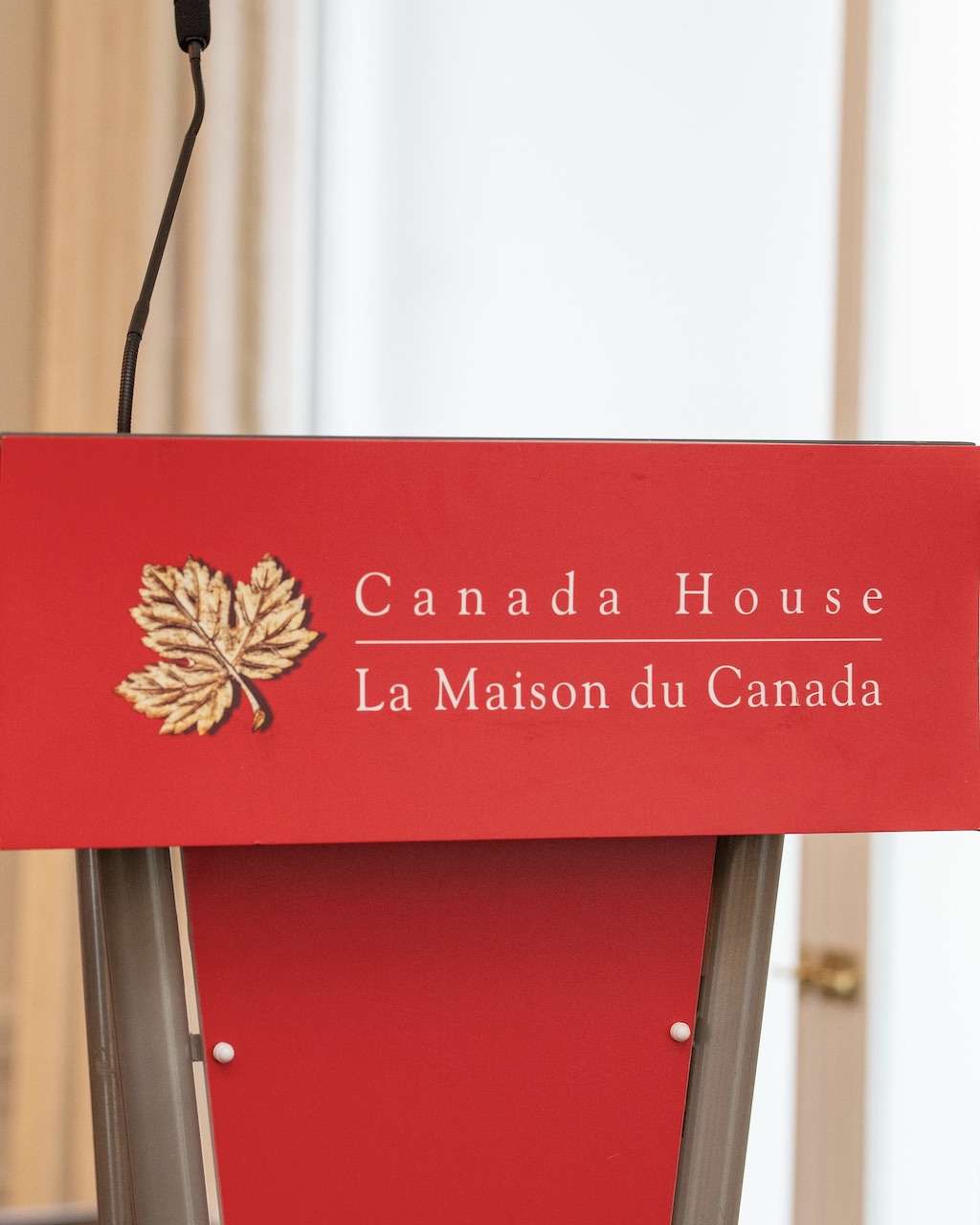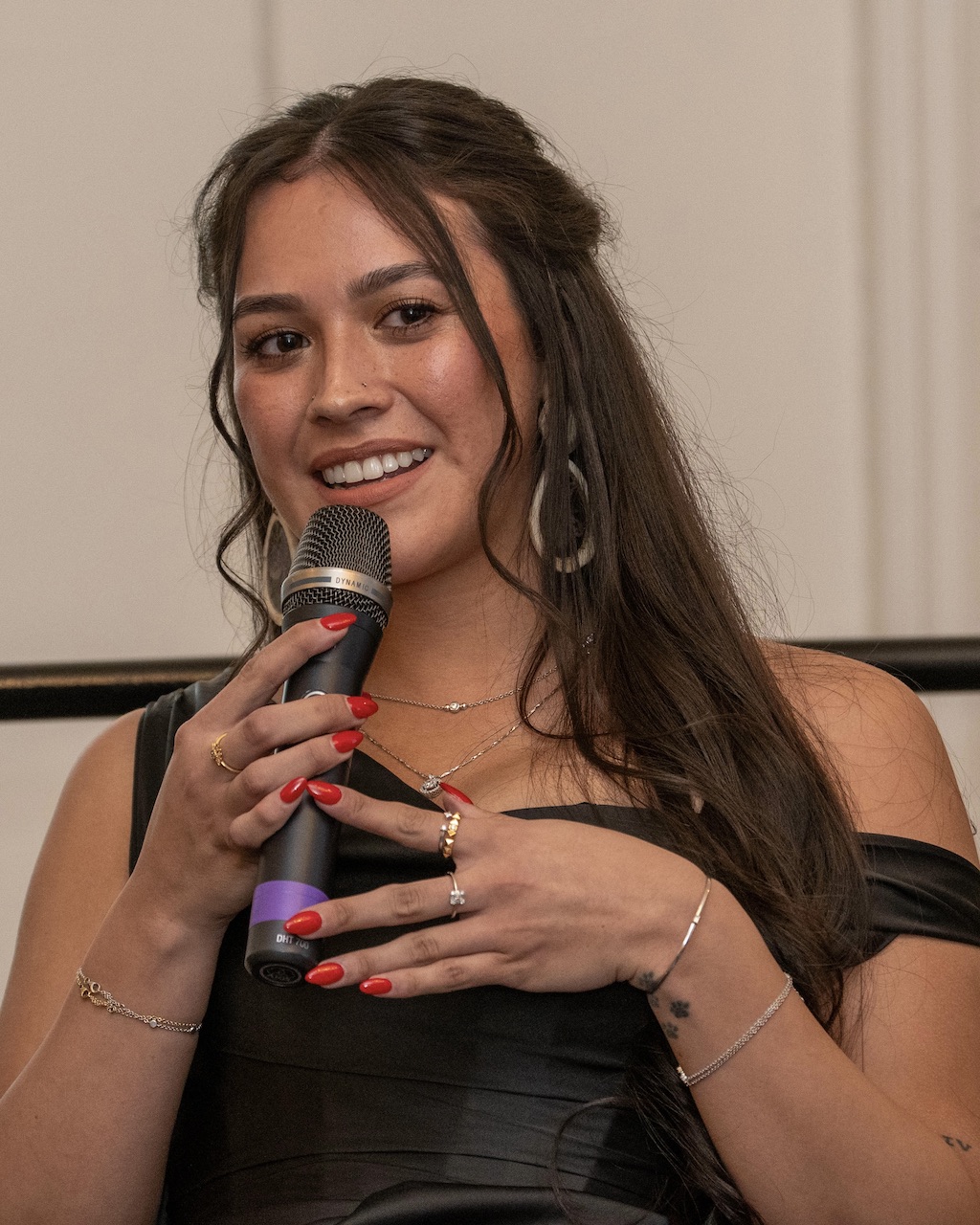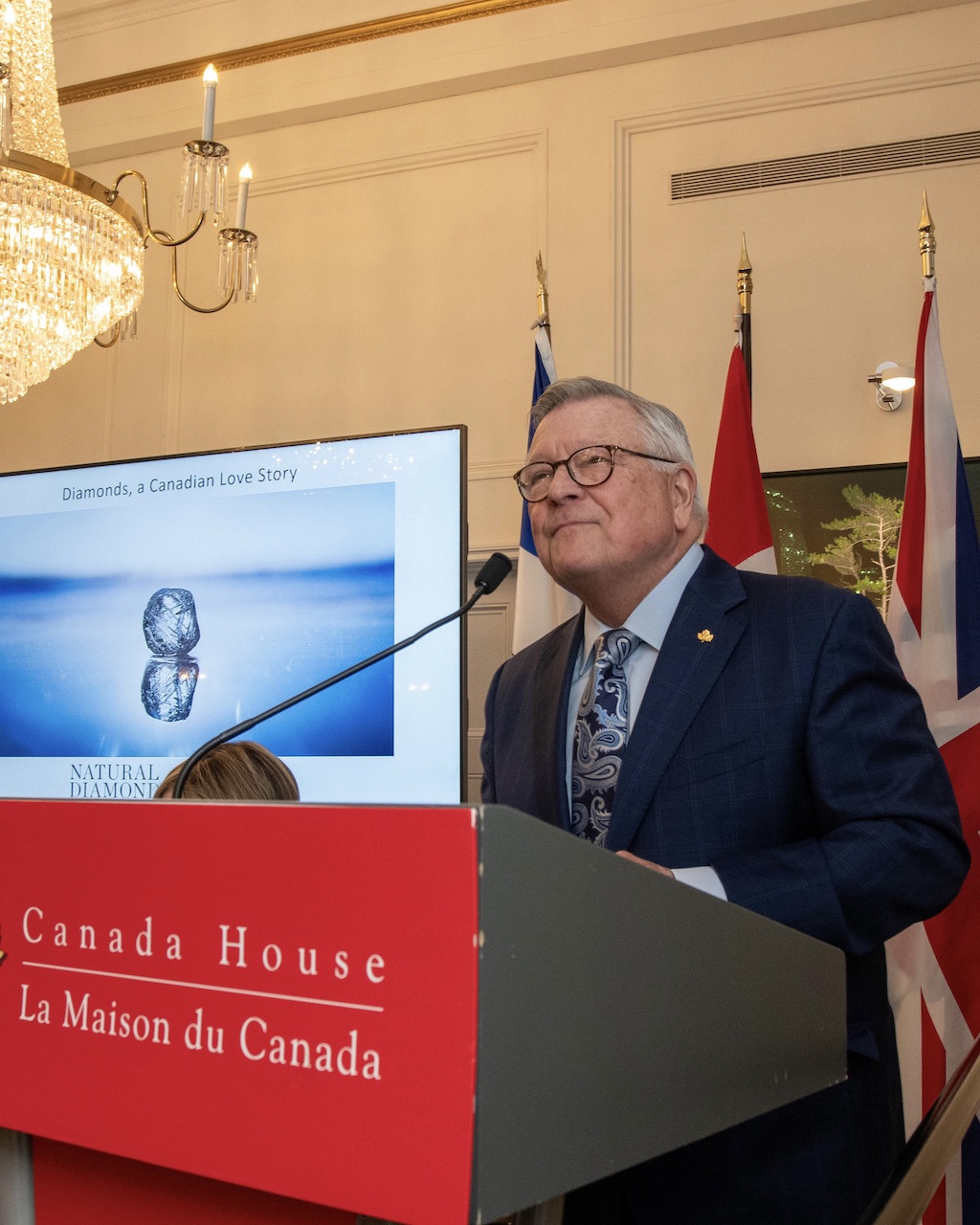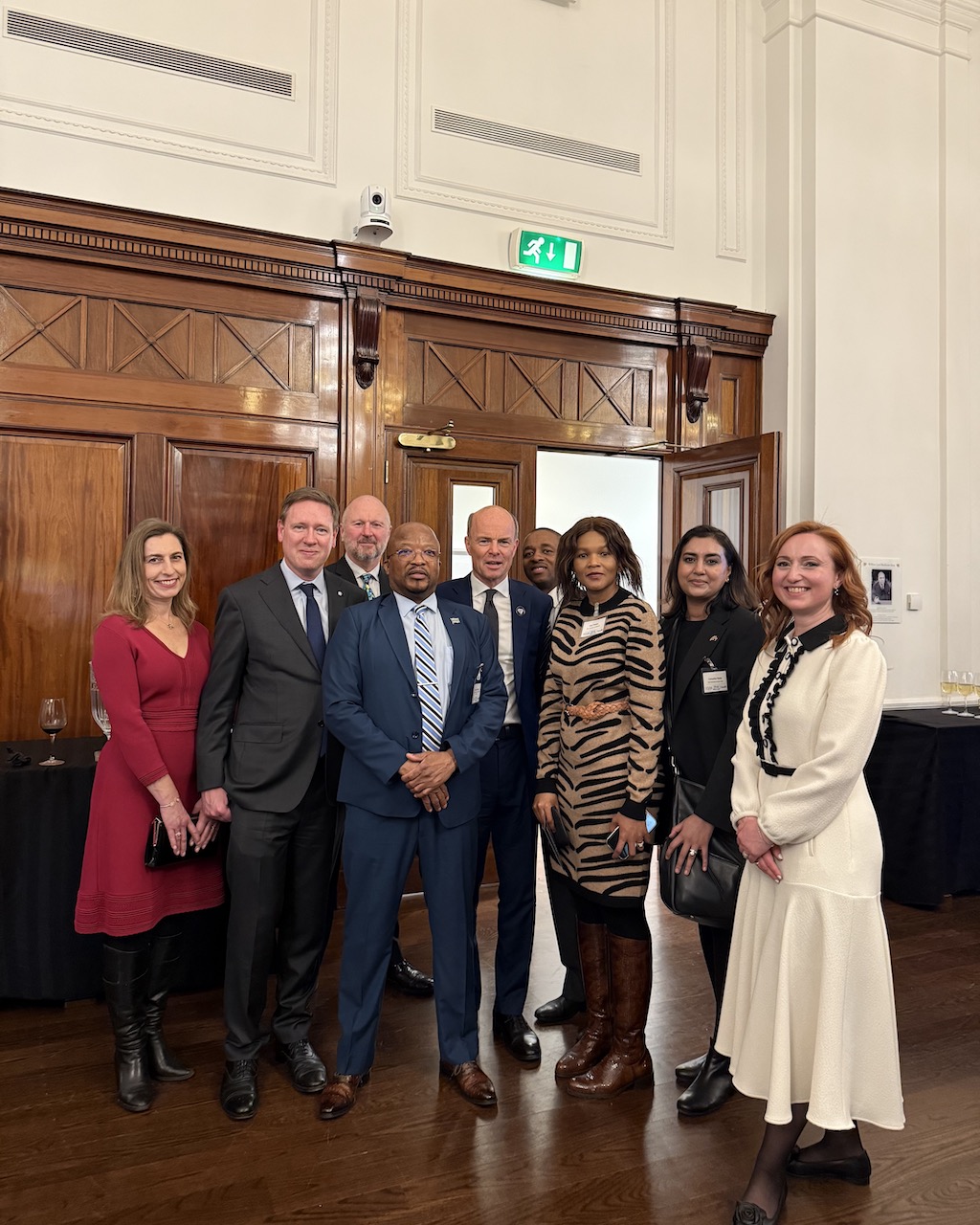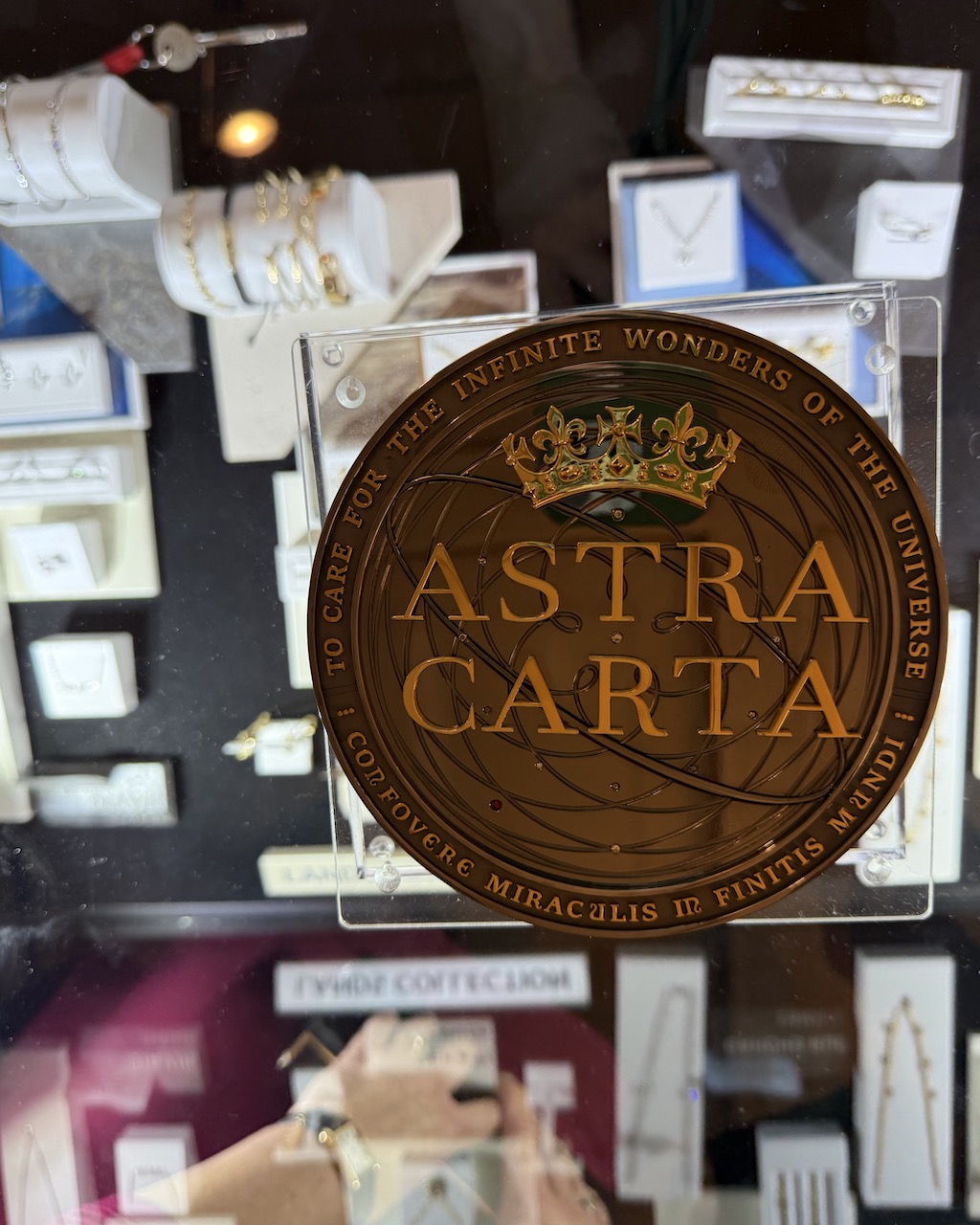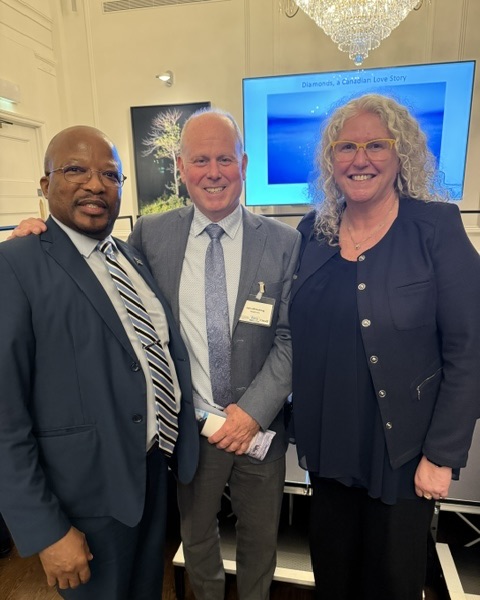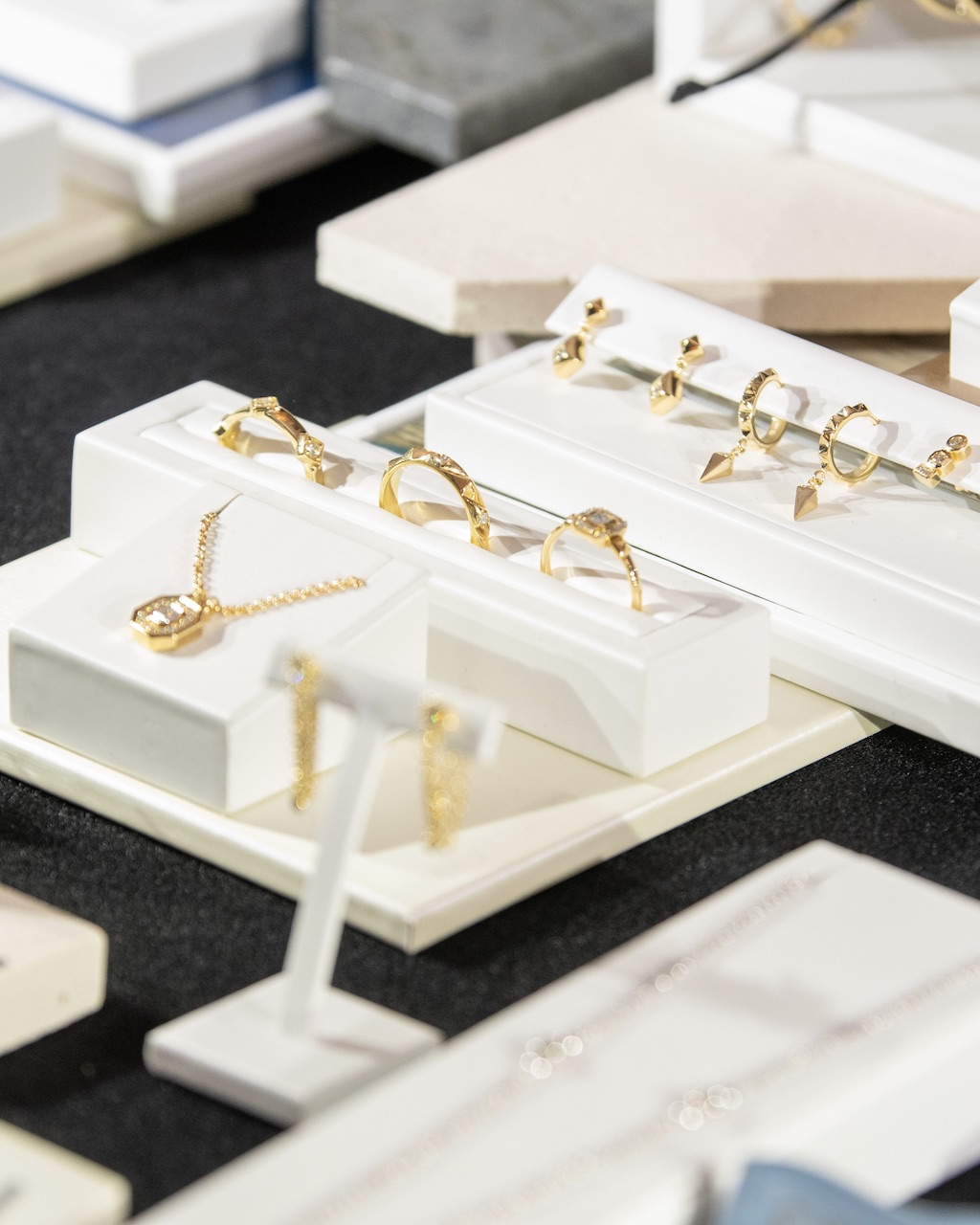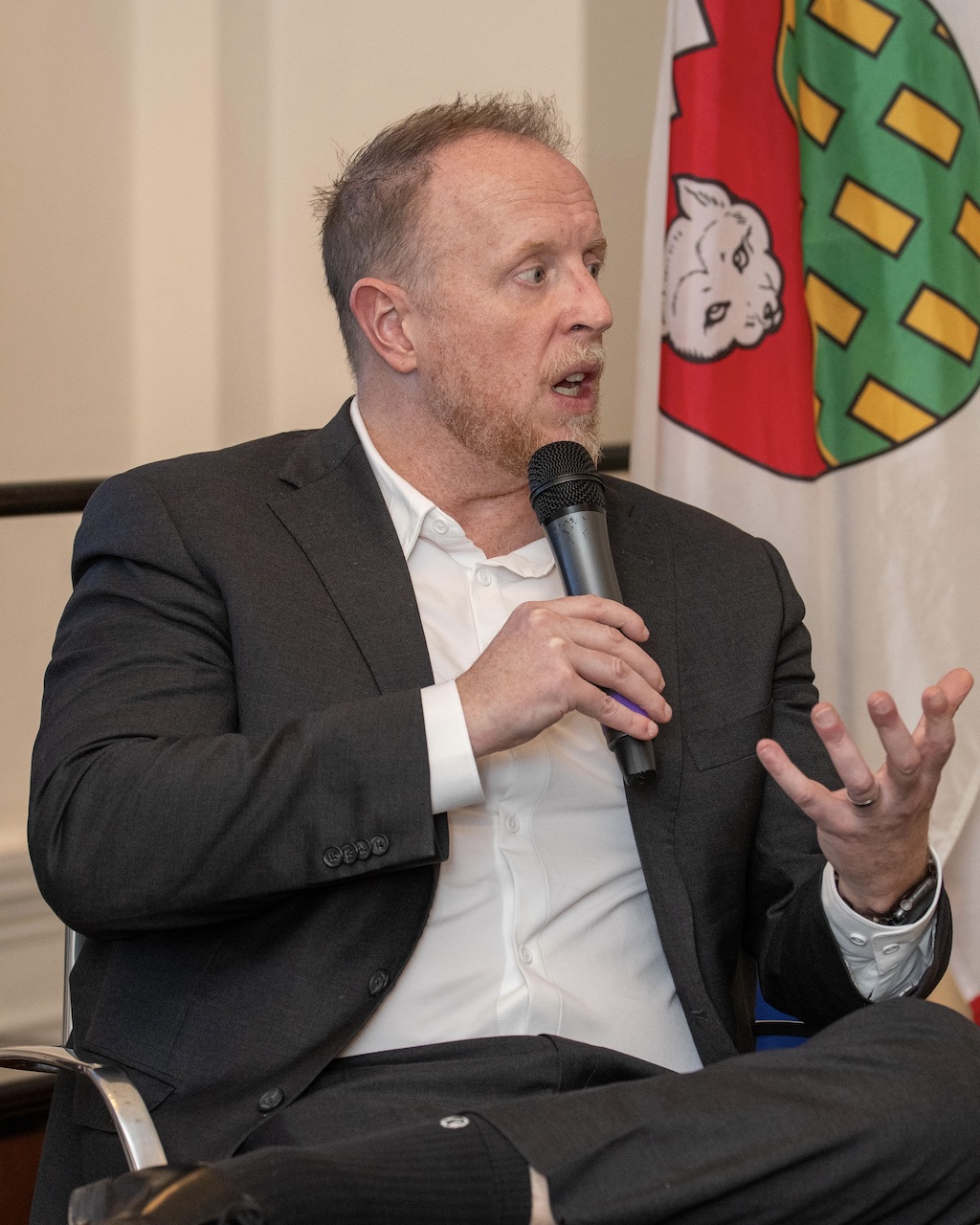Lily James Joins Natural Diamond Council at Diamonds, A Canadian Love Story Panel
Lily James joined Natural Diamond Council for the ‘Diamonds, A Canadian Love Story’ panel, honoring the journey and the people who make Canadian diamonds shine.
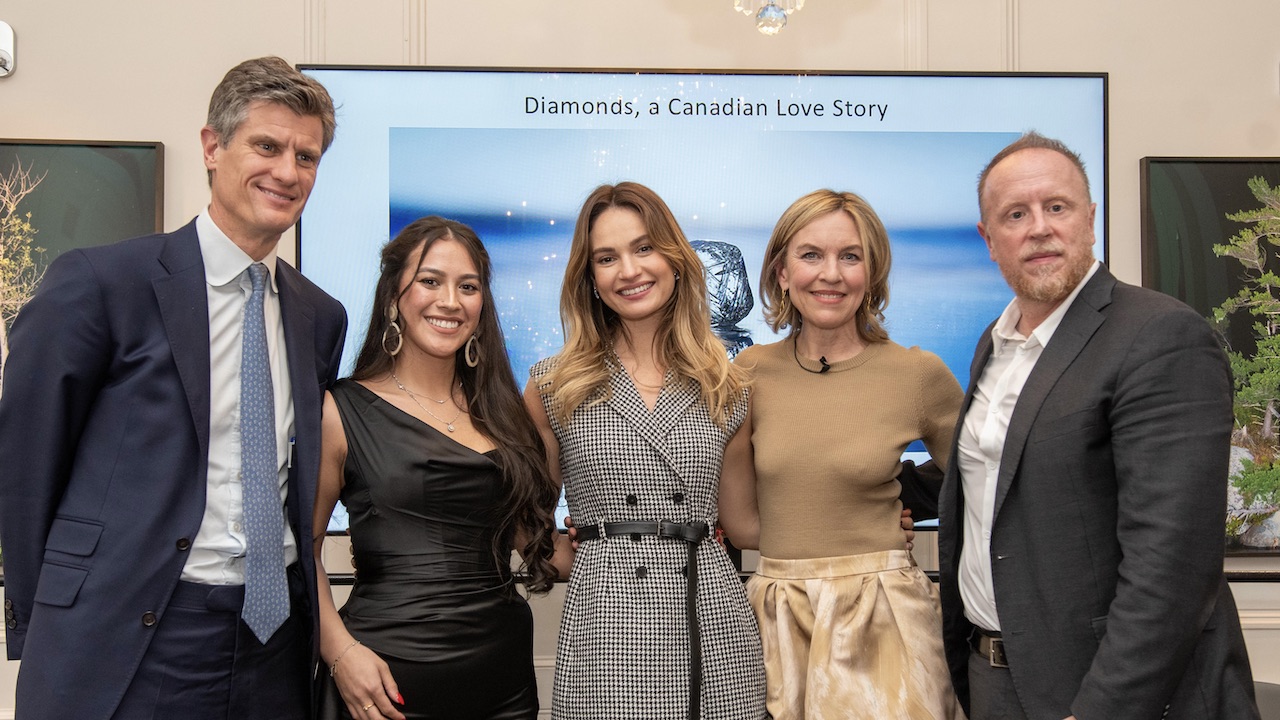
The beauty of Canada’s natural diamonds took center stage on March 19 at Canada House in London’s Trafalgar Square. Inside, beneath grand chandeliers, the soft hum of conversation blended with the sparkle of diamonds on display, setting the stage for an unforgettable night.
Canadian producer and journalist, Bronwyn Cosgrave, led an insightful panel discussion featuring Lily James, Emmy-nominated actress and NDC Global Ambassador; Kateri Rose Lynn, Diamonds De Canada and also Councilor for the Yellowknives Dene First Nation; Paul Gruner, CEO of Tłı̨chǫ Investment Corporation; and Jody Wainwright, Director at Boodles.
Hosted by Natural Diamond Council in partnership with the High Commission of Canada in the UK and the Government of the Northwest Territories, the event was a celebration of Canada’s rich diamond heritage. The Honorable Ralph Goodale, High Commissioner for Canada in the UK, opened the evening by reflecting on Canada House’s centennial and the country’s rapid rise to becoming a global diamond leader.
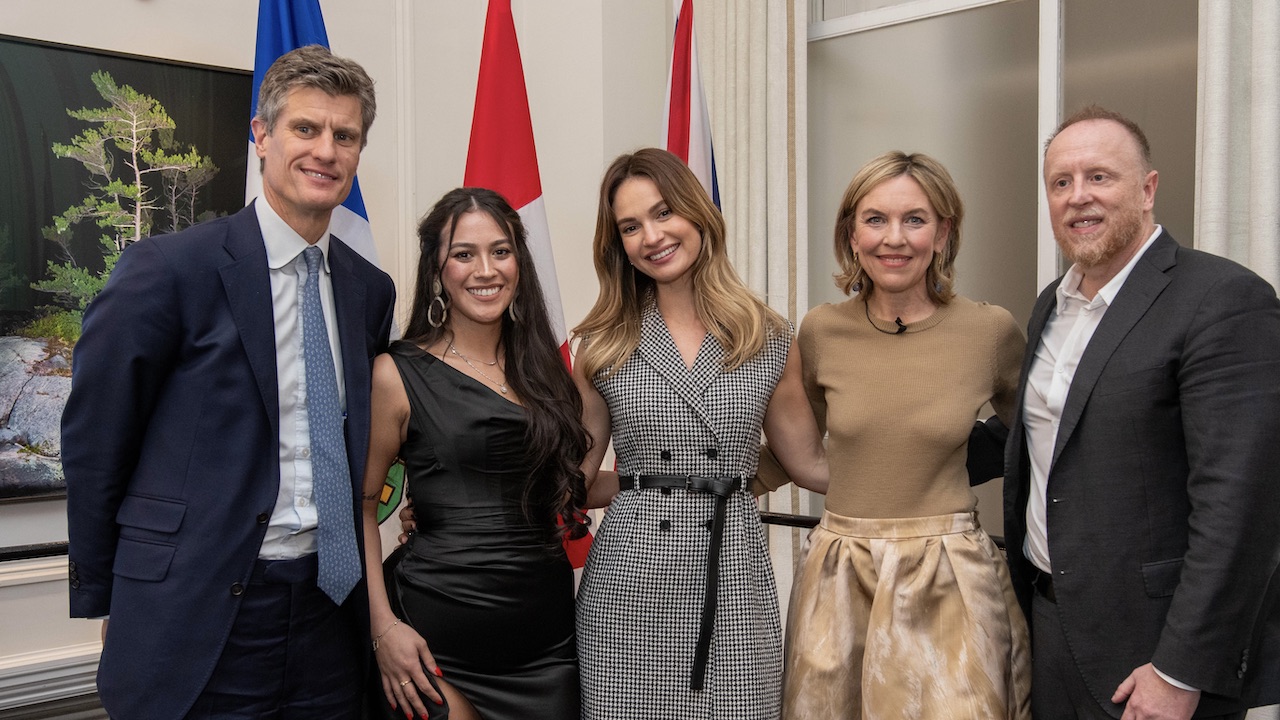

The world’s oldest diamonds—3.5 billion years old—were found in Canada, yet commercial diamond mining here only began 40 years ago.
“The world’s oldest diamonds—3.5 billion years old—were found in Canada, yet commercial diamond mining here only began 40 years ago. In that short time, Canada has become one of the world’s top producers, all while upholding values of sustainability, community, and ethical mining,” he noted.
The Heart of the North: Voices from the Panel
The discussion naturally moved between themes of heritage, environmental stewardship, and the human stories behind Canadian diamonds. Jody Wainwright shared how Boodles’ Piece of Mined project ensures each diamond’s provenance, underscoring how consumer interest in ethical sourcing has grown.
“A natural diamond isn’t just a luxury—it’s a story,” he said, recalling how customers increasingly seek diamonds with a transparent, traceable journey. “Canada’s commitment to ethical mining makes these stones even more meaningful.”
The conversation took a deeply personal turn as Kateri Rose Lynn reflected on her upbringing in Yellowknife, where the mines provided not only jobs but a sense of security for Indigenous families.

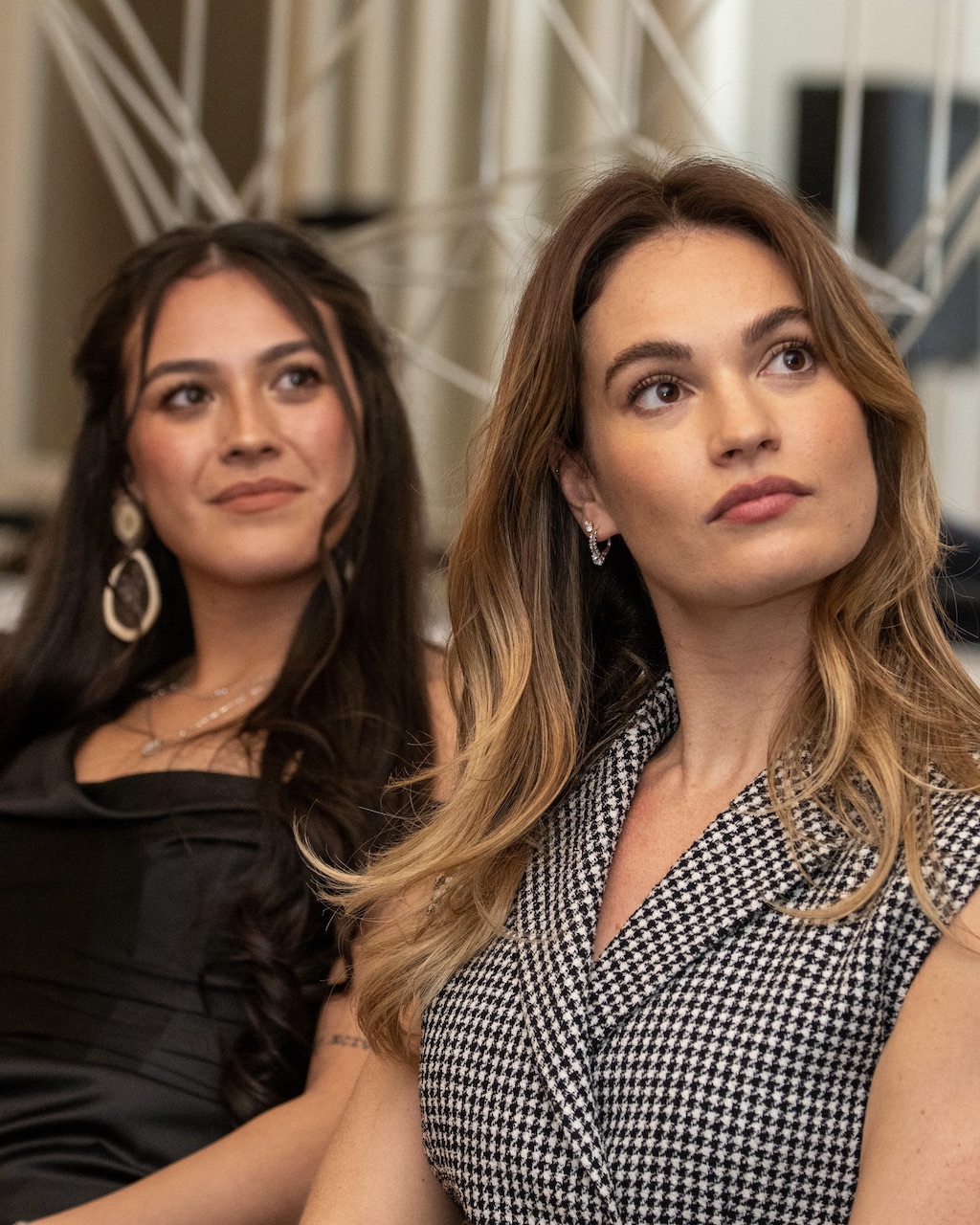
Natural Diamond Council and High Commission of Canada host a special conversation with Lily James. (Photographed by Paul Martyniuk)
She described how her mother worked in the mines, a path that later shaped her own new employment opportunity in the diamond industry that allowed her to still stay in the North. “Growing up, the mines were part of everyday life,” she shared, explaining how the industry allows her to remain connected to her heritage. “I can still live as my ancestors did—to go hunting, to stay connected to the land.”
Seated beside her, Lily James nodded in agreement, recalling her own experience traveling to the Northwest Territories and witnessing the industry’s impact firsthand, “Standing beneath the Northern Lights, learning how the Dene people see them as their ancestors dancing, made me realize the deep connection between the land, its people, and these extraordinary diamonds.”
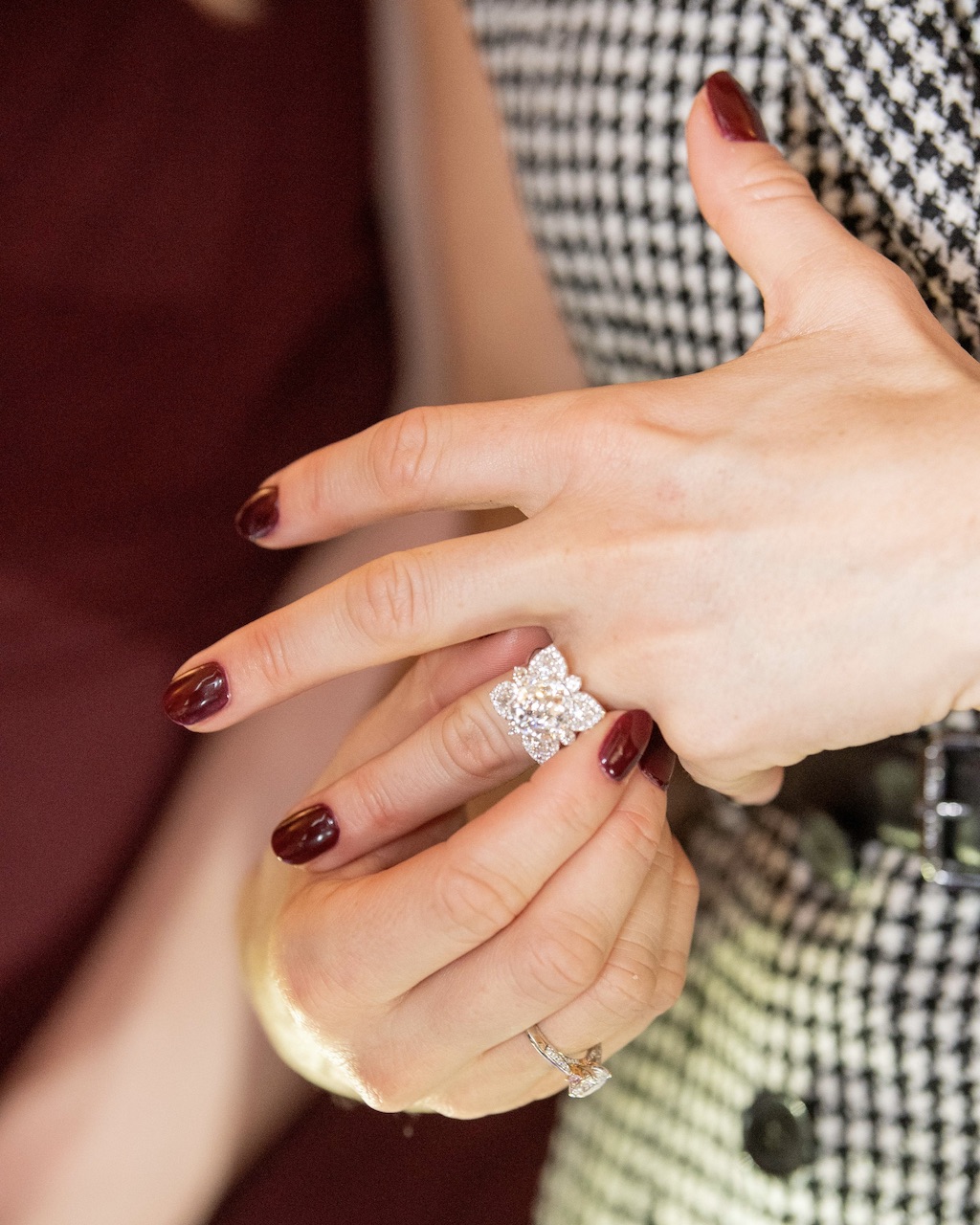
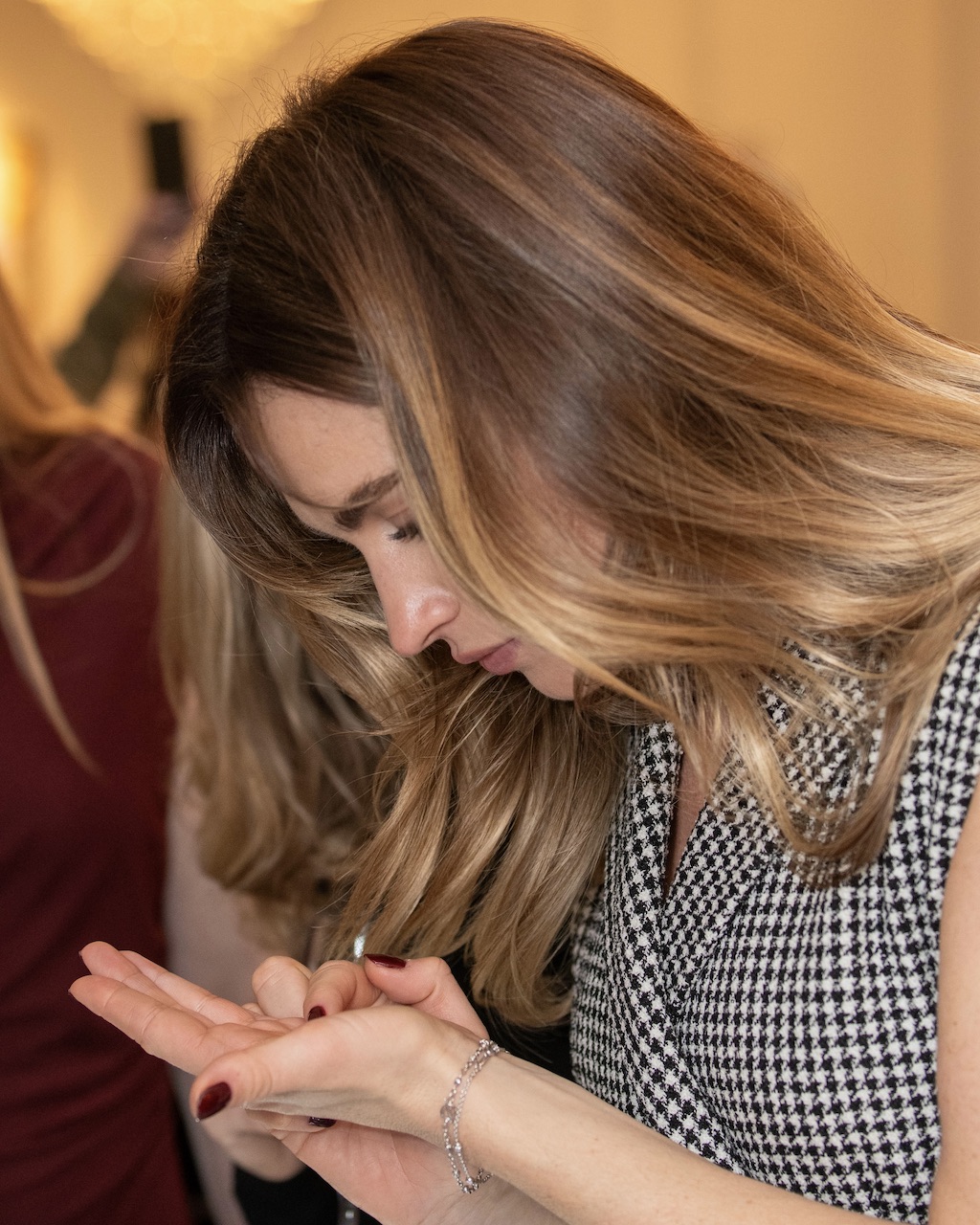
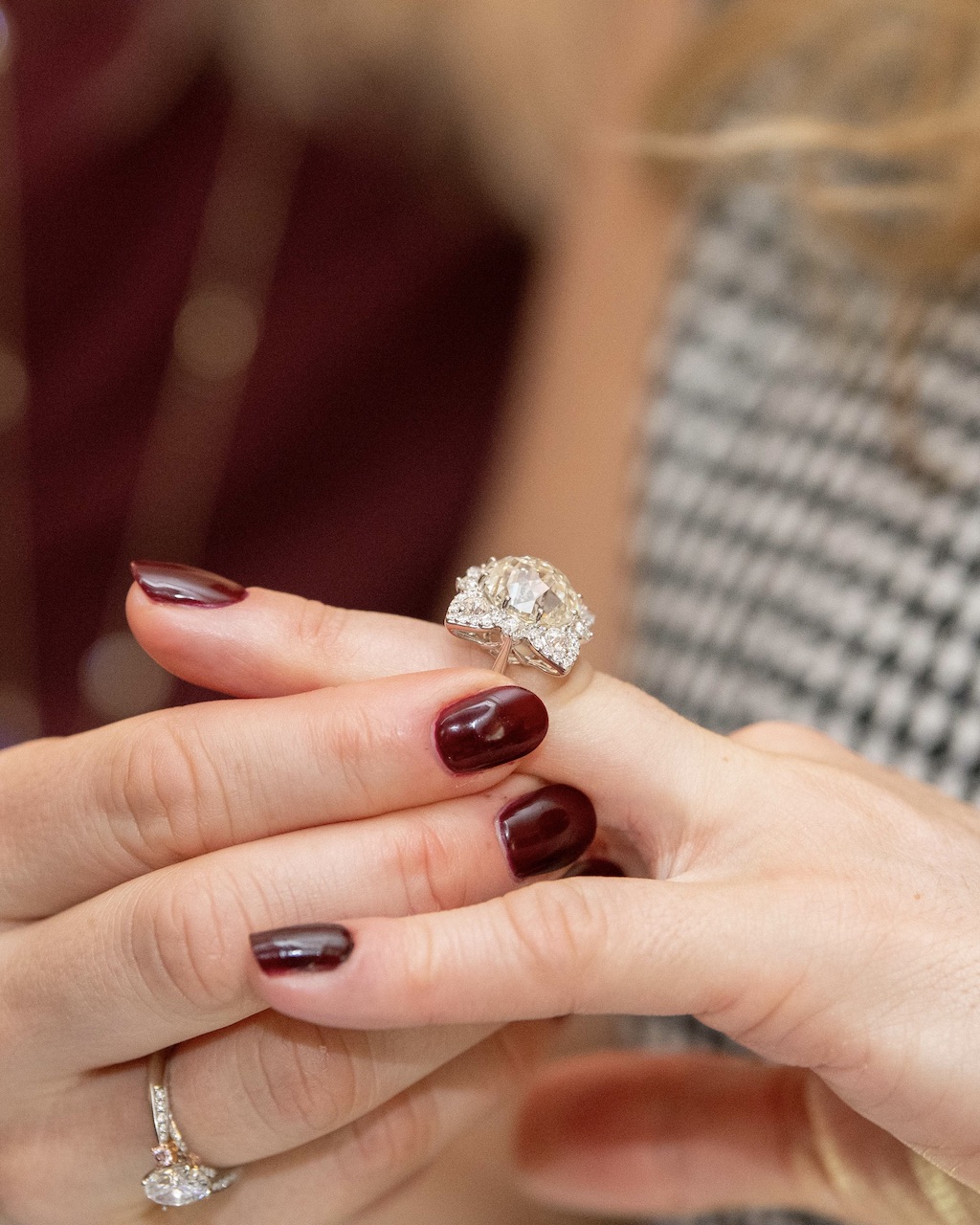
Natural Diamond Council and High Commission of Canada host a special conversation with Lily James. (Photographed by Paul Martyniuk)
A Showcase of Canadian Craftsmanship
Beyond the panel, guests explored an exhibition featuring collections from Dries Criel, Almod Diamonds, Boodles, Lands Collection by Diamonds de Canada, Gemporia, and loose stones from Misfit Diamonds, HRA Group, and Diacore. Each display told a story—not just of artistry, but of traceability, ethical sourcing, Canadian diamond manufacturing and the pristine beauty of Canada’s famous icy-white diamonds.

A striking necklace from Almod Diamonds shimmered under the lights, its structure reminiscent of the dazzling expanse of Canada’s northern wilderness. Nearby, guests admired a showstopping 5.5 carat natural diamond ring by designer Dries Criel, its sharp, clean facets reflecting the pristine conditions in which it was formed. Diamonds de Canada exhibited polished diamonds that carry the Polar Bear insignia which is the oldest brand in NWT. It is owned by the GNWT and has been licensed for use by select companies over the years. Today, Diamonds de Canada is the only licensee that can produce Polar Bear diamonds. Any diamond laser inscribed with the logo and unique identification number must be mined, cut and polished in NWT. Diamonds de Canada has committed to producing no more than 20,000 of these exclusive diamonds match the number of polar bears in Canada. It will allocate a portion of its proceeds to government research into bear protection.
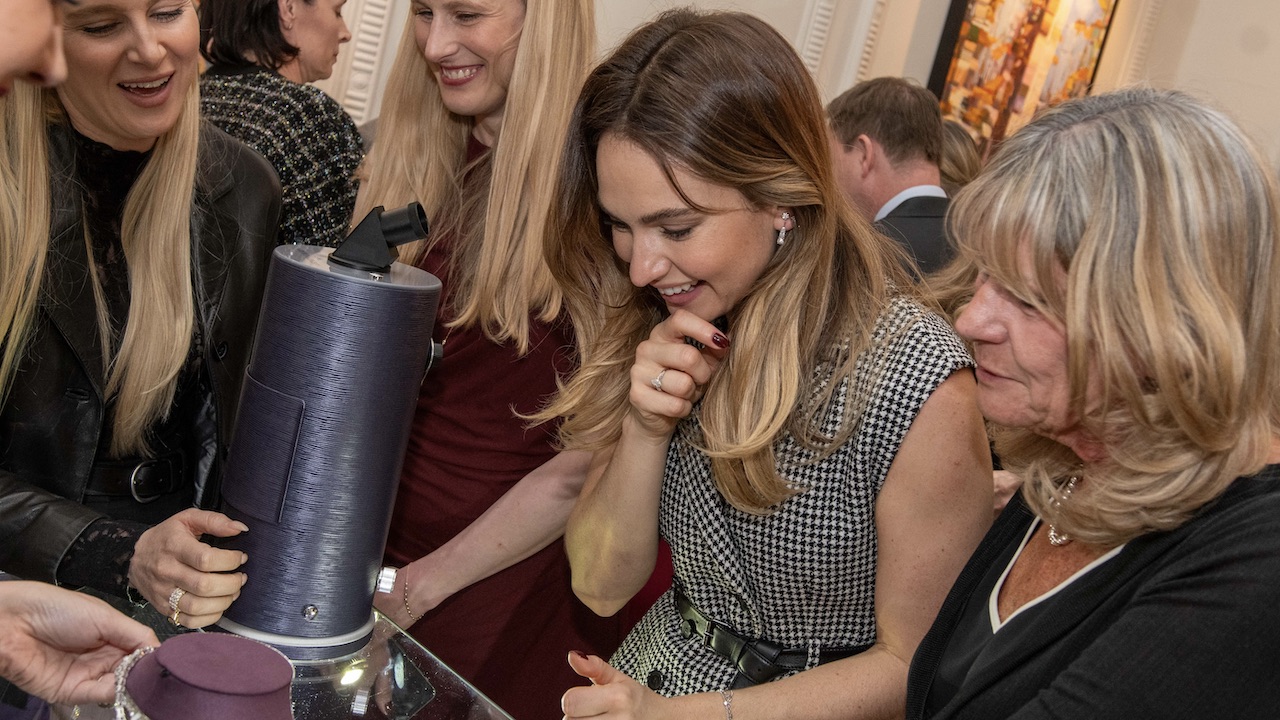
Young Canadian designers were also represented through pieces by the 2024 winners of The Shining Light Awards: Alisha Ansems, Elinor Nelson-Hachey, Samantha Yeung. Originally launched in 1995, the Shining Light Awards are part of the De Beers Group Designers Initiative, a youth beneficiation skills development initiative aimed at cultivating world-class jewelry design and manufacturing skills within De Beers Group’s host countries – Botswana, Canada, Namibia, and South Africa. The competition runs every two years and is open to jewelry designers aged 18 to 35 who are in their final year of a jewelry design program, have already graduated or who have relevant experience in jewelry design.
Throughout the evening, conversations lingered on the unique characteristics of Canadian diamonds, their purity often likened to the frozen landscapes. Jody Wainwright mused on this, recalling how certain diamonds evoke the icy brilliance of the Arctic. “There’s something poetic about the way these stones capture the essence of the land they come from,” he remarked.
Meaningful Impact at the Forefront
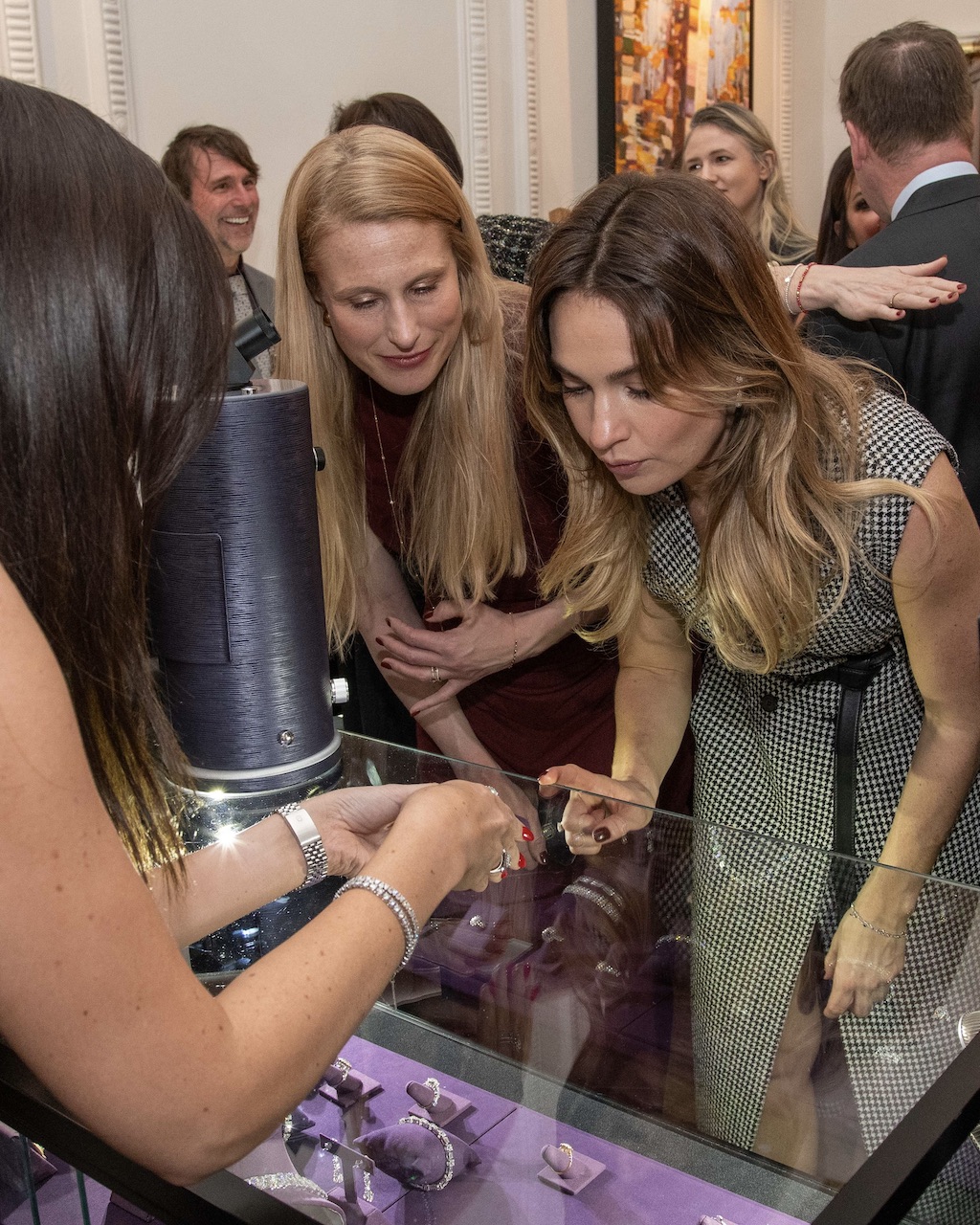

Natural Diamond Council and High Commission of Canada host a special conversation with Lily James. (Photographed by Paul Martyniuk)
The conversation also addressed Canada’s leadership in sustainable mining, with Paul Gruner offering insight into Impact Benefit Agreements (IBAs)—a pioneering framework ensuring that Indigenous communities benefit directly from mining operations.
“Mining in the Northwest Territories isn’t just about extraction—it’s about partnerships, legacy, and returning the land to future generations,” he explained. “That’s a model the world is paying attention to.”
The Diavik Mine, an industry leader in renewable technology in cold climate, has introduced a wind farm and Canada’s largest off-grid solar power plant, reducing its reliance on fossil fuels and moving toward decarbonization. Additionally, progressive reclamation efforts ensure that once mining concludes, the land is returned to Indigenous stewardship—an approach that has set a global standard for responsible mining.
As Kateri Rose Lynn pointed out, Indigenous oversight is integral to ensuring this process remains effective. “We meet with the mines regularly, making sure that once the sites close, they will return to their natural state, allowing the land and wildlife to thrive again,” she shared.
A Lasting Impression
As the evening drew to a close, guests reflected on the profound stories shared—of heritage, resilience, and a commitment to luxury that can have a meaningful impact. The night ended not just as a celebration of diamonds, but as a reminder that their true value lies in the lives they touch, the histories they carry, and the strong future they help build.
With Diamonds, A Canadian Love Story, the conversation around natural diamonds has evolved beyond beauty—it is now a testament to responsibility, authenticity, and the lasting connection between people, land, and time itself.



